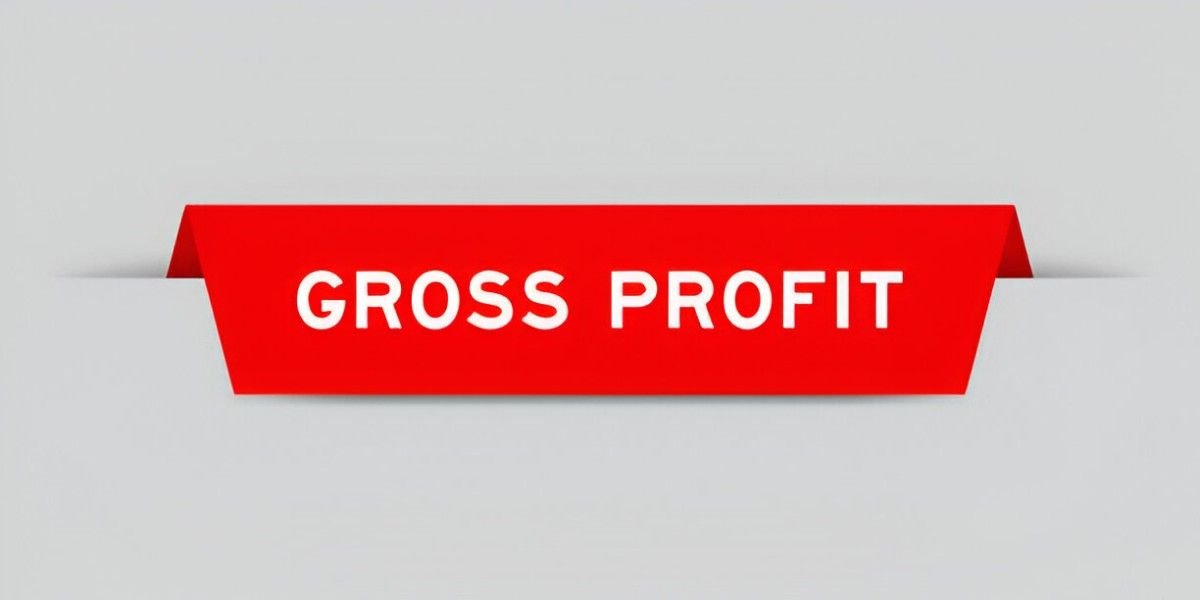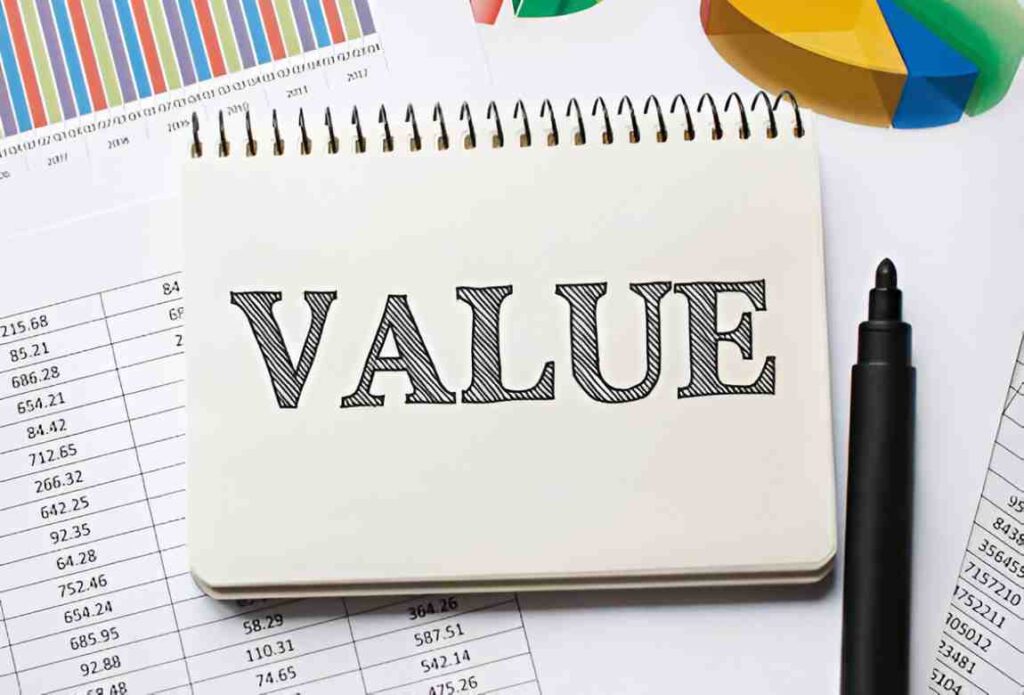As a financial analyst, I often find that business owners and managers overlook one of the most fundamental profitability metrics—the gross profit percentage (GPP). This metric reveals how efficiently a company converts sales into profit before accounting for operating expenses. In this article, I will break down what gross profit percentage means, why it matters, and how you can use it to assess business performance.
Table of Contents
What Is Gross Profit Percentage?
Gross profit percentage, also called gross margin percentage, measures the proportion of revenue that remains after accounting for the cost of goods sold (COGS). The formula is:
\text{Gross Profit Percentage} = \left( \frac{\text{Gross Profit}}{\text{Revenue}} \right) \times 100Where:
- Gross Profit = Revenue – Cost of Goods Sold (COGS)
- Revenue = Total sales income
For example, if a company generates $500,000 in revenue and incurs $300,000 in COGS, the gross profit is $200,000. The gross profit percentage would be:
\left( \frac{200,000}{500,000} \right) \times 100 = 40\%This means for every dollar earned, the company retains $0.40 after covering production costs.
Why Gross Profit Percentage Matters
A healthy GPP indicates strong pricing power, efficient production, or effective supplier negotiations. A declining GPP may signal rising costs, pricing pressure, or inefficiencies.
Industry Benchmarks
Gross profit percentages vary widely across industries. For instance:
| Industry | Typical Gross Profit Percentage |
|---|---|
| Retail (Electronics) | 25% – 35% |
| Software | 70% – 90% |
| Restaurants | 30% – 50% |
| Manufacturing | 20% – 40% |
Comparing your GPP to industry averages helps assess competitiveness.
Factors Affecting Gross Profit Percentage
1. Pricing Strategy
If a business lowers prices to boost sales, GPP may drop unless costs also decrease.
2. Cost of Goods Sold (COGS)
Fluctuations in raw material costs, labor, or shipping impact COGS. For example, a bakery facing higher wheat prices may see its GPP shrink.
3. Product Mix
Selling higher-margin products improves GPP. A car dealership selling luxury vehicles alongside economy models will see varying margins.
4. Operational Efficiency
Waste reduction and process optimization lower COGS, improving GPP. Lean manufacturing principles often help here.
Calculating Gross Profit Percentage: A Practical Example
Let’s take two hypothetical companies:
| Metric | Company A | Company B |
|---|---|---|
| Revenue | $1,000,000 | $1,000,000 |
| COGS | $600,000 | $400,000 |
| Gross Profit | $400,000 | $600,000 |
| Gross Profit % | 40% | 60% |
Despite identical revenues, Company B retains more profit per dollar of sales, indicating better cost control or premium pricing.
Improving Gross Profit Percentage
1. Increase Prices Strategically
Raising prices boosts GPP if demand remains stable. However, elasticity matters—customers may resist steep hikes.
2. Reduce COGS
Negotiating bulk discounts with suppliers or switching to cheaper materials (without sacrificing quality) helps.
3. Optimize Inventory
Excess inventory ties up capital and may lead to write-offs. Just-in-time inventory systems can reduce holding costs.
4. Focus on High-Margin Products
Analyzing sales data to promote profitable items improves overall GPP.
Limitations of Gross Profit Percentage
While useful, GPP doesn’t account for operating expenses like marketing, salaries, or rent. A company with a high GPP but excessive overhead may still struggle.
Comparing Gross Profit Percentage to Other Metrics
Net Profit Margin
Unlike GPP, net profit margin deducts all expenses, not just COGS:
\text{Net Profit Margin} = \left( \frac{\text{Net Profit}}{\text{Revenue}} \right) \times 100Operating Profit Margin
This includes operating expenses but excludes interest and taxes:
\text{Operating Profit Margin} = \left( \frac{\text{Operating Profit}}{\text{Revenue}} \right) \times 100Each metric serves a different purpose in financial analysis.
Real-World Application: Retail Case Study
Consider a clothing retailer with declining GPP:
- Year 1: Revenue = $2M, COGS = $1.2M → GPP = 40%
- Year 2: Revenue = $2.5M, COGS = $1.8M → GPP = 28%
The drop suggests rising costs (perhaps due to supply chain issues) or excessive discounting. The retailer must investigate further.
Conclusion
Gross profit percentage is a powerful yet underutilized metric. By tracking it, businesses gain insights into pricing, cost efficiency, and overall financial health. While not a standalone measure, it serves as a critical first step in profitability analysis.





